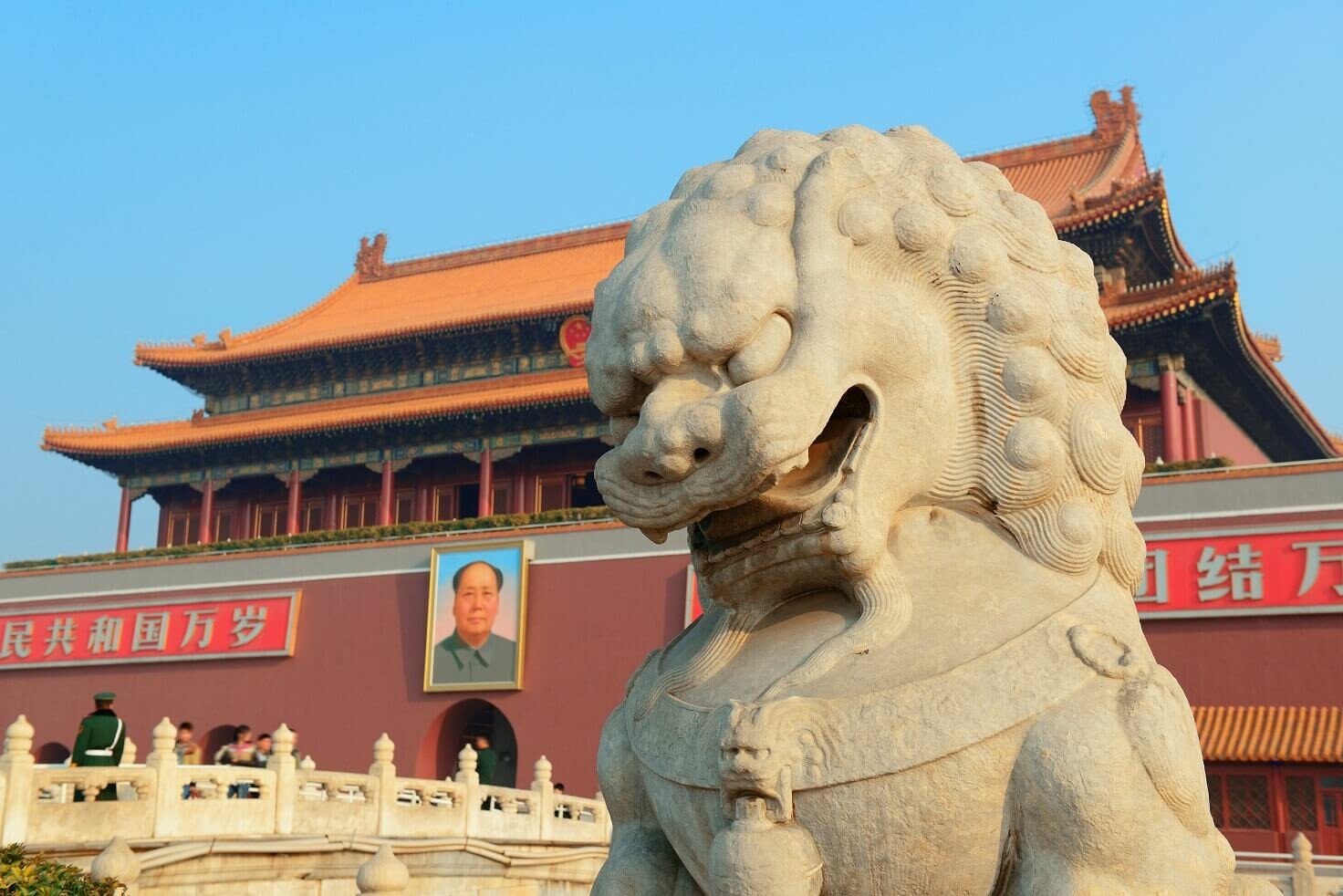China’s Web3 Stance: A Glimpse into the Future?

China’s perspective on web3 has come to light through a recently released white paper that suggests China is open to incorporating web3 into its future internet.
In the paper, the term “Internet 3.0” is defined as a “three-dimensional space that combines virtual and real realms with a highly immersive interactive experience,” and it describes a future world characterized by a high level of intelligence and an integration of the virtual and physical worlds.
“Web3,” on the other hand, is just one element within the broader concept of Internet 3.0, which also includes augmented reality (AR) and virtual reality (VR), the metaverse, and other technologies.
The paper was published by the Beijing Municipal Science & Technology Commission, an entity that is part of a high-tech industrial zone designated by the Chinese government.
It’s important to note that the paper is not an official government document, and that it does not necessarily reflect the official position of China’s government.
But although the document may not represent Beijing’s official stance, it still provides insight into how some Chinese officials are discussing and thinking about terms like “Internet 3.0” and web3.
Among those who quickly picked up on the news was Binance CEO Changpeng Zhao, who in a tweet said the paper mentions “web3 all over the places.”
A few more pages (that received as pics). Not sure of authenticity. Talks a lot about NFTs, VR, AI, metaverse, etc. Looks like ByteDance, JD, Baidu each have their sections. Gavin Wood & Beeple was mentioned too. Web 3, web 3, web 3 all over the places… pic.twitter.com/DJI1xk4KQZ
— CZ 🔶 Binance (@cz_binance) May 27, 2023
The white paper comes after Hong Kong in recent times has taken notable steps to make the city more attractive to digital asset companies, including the introduction of a new regulatory regime for crypto, allowing licensed exchanges to serve retail investors.
This welcoming approach to crypto in Hong Kong marks a departure from mainland China’s strict crackdown on the same activities in recent years. And while the new regulations apply solely to Hong Kong residents and remain off-limits to mainland users, it indicates a potential softening of China’s stance on digital assets.
Gavin Wood and Beeple
In addition to describing web3 in broad terms, the paper also mentions Gavin Wood, co-founder of Ethereum and creator of Polkadot, as one of the pioneers of web3, and recognizes the attention that has been brought to NFTs through artist Beeple’s record-breaking Christie’s auction.
China’s approach to web3, as presented in the white paper, highlights the potential of blockchain technology beyond simply cryptocurrencies, and its potential role in shaping the future for China’s more than 1 billion internet users.




